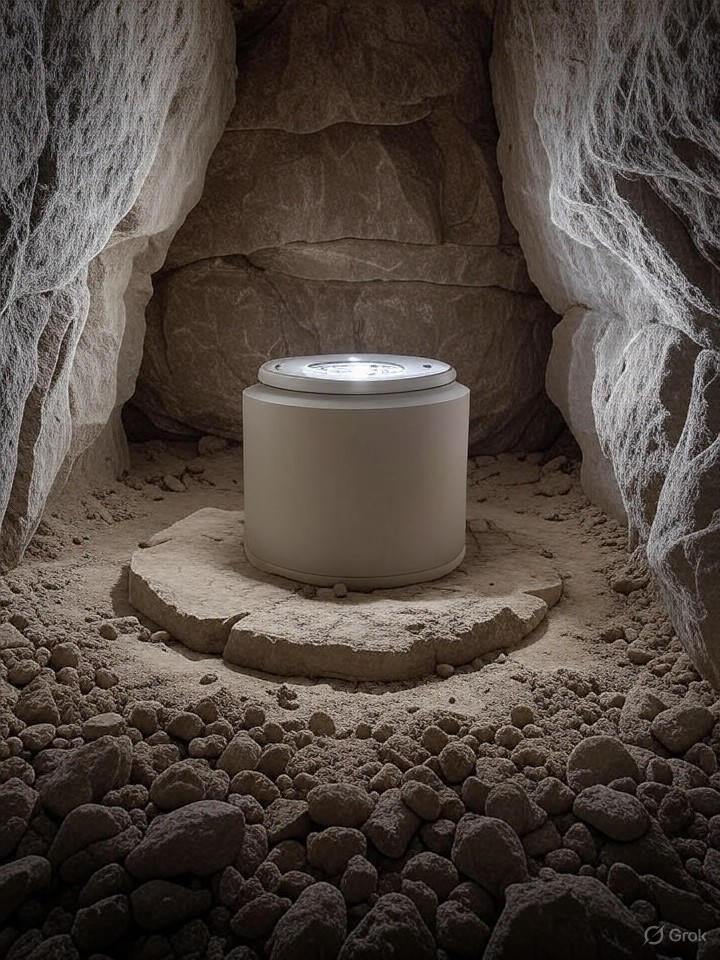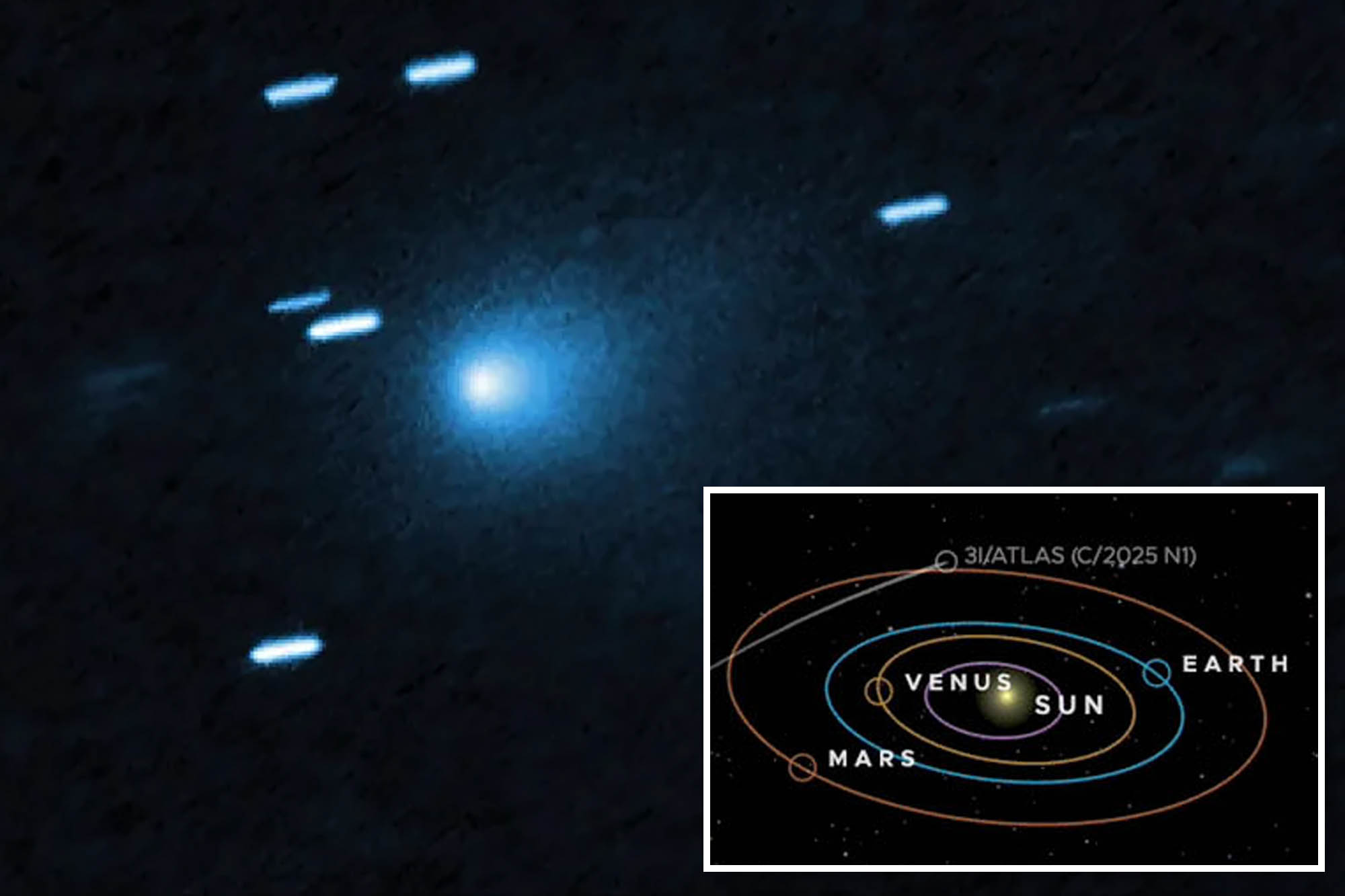A California-based startup, Deep Fission, is proposing an innovative approach to nuclear energy by placing small modular reactors (SMRs) a mile underground. This initiative aims to meet the growing demand for clean energy, particularly from data centers and artificial intelligence (AI) operations, while leveraging the Earth’s natural geological formations for safety and cost efficiency. The company has announced plans to drill narrow boreholes to deploy its 15-megawatt reactors, which would operate submerged in water, utilizing surrounding rock for containment.
Founded by engineers with backgrounds from reputable institutions, Deep Fission’s technology builds on established pressurized water reactor (PWR) designs but seeks to eliminate the need for large surface facilities. By capitalizing on existing drilling techniques, co-founder Elizabeth Muller described the approach as “fracking for fission.” This method could potentially reduce construction costs by up to 90% compared to conventional nuclear plants.
Innovative Safety Features and Funding
The reactors are designed to be “walk-away safe,” meaning they can shut down automatically in the event of irregularities. The underground location adds extra safety measures, as the immense pressure and geological formations can contain leaks, aiming to prevent incidents similar to those at Fukushima. According to a report from IEEE Spectrum, this design may make nuclear energy more acceptable to communities concerned about surface plants.
Deep Fission has already raised $30 million through a reverse merger and is exploring sites in Kansas, Texas, and Utah for initial deployments. In Kansas specifically, the company is working with local utilities to identify borehole locations near data centers, where energy demand is rapidly increasing due to AI needs. Online discussions have emerged around the “meltdown-proof” potential of this design, showcasing growing excitement about its disaster-resistant features.
Despite this enthusiasm, technical challenges remain. Experts have raised concerns regarding the precision required for drilling deep boreholes and the maintenance of reactor components at such depths. One nuclear expert noted on social media that while the engineering is theoretically sound, scaling the operation will necessitate advancements in remote technologies. Additionally, there are worries about the impact of seismic activity on the boreholes.
Regulatory Challenges and Global Context
Navigating regulatory requirements poses another significant challenge. The U.S. Nuclear Regulatory Commission (NRC) has yet to approve this innovative design, although Deep Fission is pursuing a streamlined licensing process under new guidelines for SMRs. As reported by Hackaday, the company aims to have prototypes operational by 2026, hoping to benefit from expedited reviews in light of national energy independence initiatives.
This project aligns with broader trends in nuclear energy innovation. The World Nuclear Association has indicated that over 70 gigawatts of new nuclear capacity is currently under construction worldwide, primarily in Asia. Deep Fission’s underground model could uniquely address the NIMBY (Not In My Backyard) opposition that has hindered many traditional nuclear projects in the United States.
Internationally, similar concepts are emerging. For instance, China’s experimental thorium molten salt reactors and Japan’s Yoroi microreactor, designed for remote areas, demonstrate innovative approaches to nuclear energy. These designs emphasize passive cooling systems and long operational periods without refueling.
Economic viability is another crucial factor. While traditional nuclear power plants can exceed $10 billion and take over a decade to build, Deep Fission estimates its reactors will cost less than $100 million each, with deployment possible within months. This affordability could make them attractive for hyperscale data centers that require consistent, low-carbon power.
Investors are increasingly interested in Deep Fission, with funding from venture firms focused on clean technology and partnerships with fossil fuel drilling experts. The company has also signed a memorandum with TerraPower to identify suitable sites in Utah by the end of the year, according to updates from ANS Nuclear Newswire.
While the economic outlook appears positive, critics caution against hidden costs associated with underground waste management and potential risks to aquifers. Environmental groups have voiced concerns on social media, questioning the long-term radiological impacts despite assurances of impermeable barriers surrounding the reactors.
Deep Fission’s reactors operate at high pressures, but the borehole environment offers natural cooling and pressure equalization. Simulations indicate that in the event of a failure, fission products would be contained by the surrounding rock, reducing evacuation zones significantly compared to surface reactors. Industry insiders view this as part of a broader shift towards SMRs, with companies like Kairos Power also developing new technologies.
As the year 2025 approaches, Deep Fission’s developments will be closely monitored. The company plans to conduct demonstrations in controlled settings, collaborating with national laboratories for testing. Success in these ventures could catalyze a new era of subterranean nuclear energy, integrating with renewable sources for hybrid power grids.
The implications extend beyond energy production. The U.S. government’s recent $80 billion deal with Westinghouse for new reactors indicates federal support for innovative designs, which could lead to new incentives. For industry stakeholders, adaptability remains key in a world increasingly demanding clean energy solutions. If Deep Fission’s vision materializes, it could reshape the nuclear energy landscape and contribute significantly to climate change mitigation efforts.







